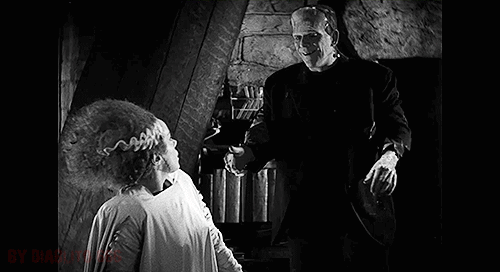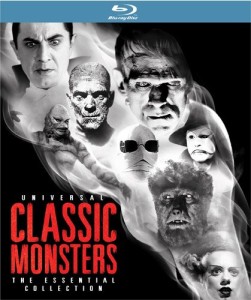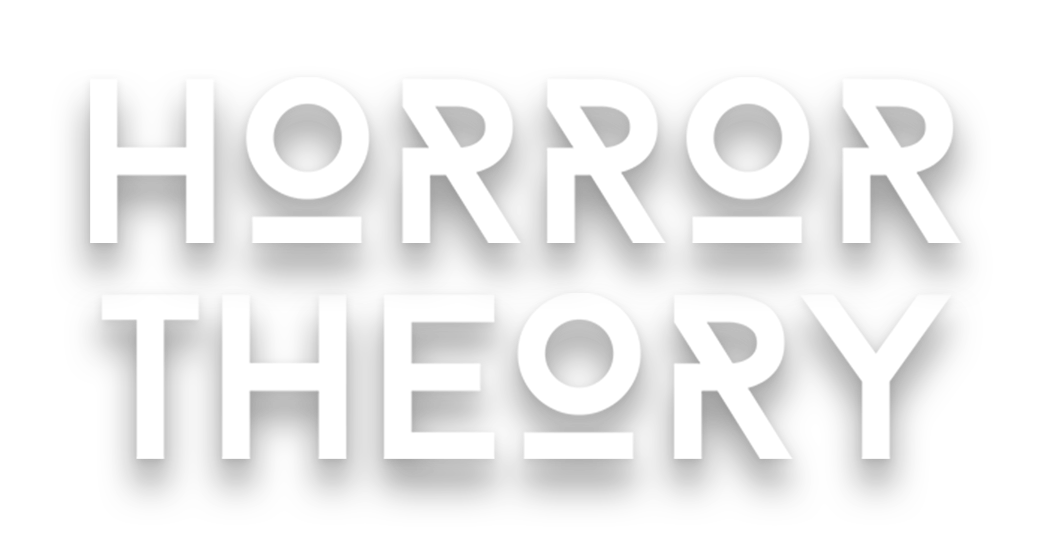Lest you regard the film industry’s fixation on horror movie sequels as a recent phenomenon, remember that between the 1930’s and 1950’s, Universal Studios released over 30 movies based on only about seven monsters. And 1935’s “Bride of Frankenstein” remains one of the best and brightest.
Based on a subplot in the original Mary Shelley novel, “Bride of Frankenstein” takes place immediately after the original. Villagers celebrate the death of the Monster, whose body was left in a flooded pit. When one of the villagers goes into the pit to make sure it’s really dead, the Monster rises, strangles the villagers and climbs out of the pit.
Meanwhile, Dr. Frankenstein finally sees his desire to create life from dead bodies as the terrible idea that it is. However, he eventually changes his mind after his old mentor, Dr. Pretorius, convinces him to create a mate for the Monster. Dr. Pretorius begins developing the Bride’s brain, while Dr. Frankenstein gathers body parts.
This isn’t science. It’s more like black magic.
–Dr. Frankenstein
My only complaints about “Bride of Frankenstein” are in regards to its deceptively incorrect title. The name “Bride of Frankenstein” implies that: (1) Frankenstein is the monster, (2) that the monster and the bride are a couple and (3) that the titular “Bride” plays a major role in the film– all of which are untrue. Much to my dismay, the immensely intriguing “bride” plays a very minor role in the film. A better name for the movie might have been “Return of Frankenstein’s Monster.”

Despite its grotesque subplots (including one where the Monster throws a child into a lake to see if she’ll float only to watch her drown), the overall atmosphere of the original was thrilling but playful. “Frankenstein” has been credited by many as one of the first true horror films. But it was “Bride of Frankenstein” that introduced many of the genuine scares that we now associate with the horror genre.

Karloff crafted “Bride” into a much more emotional monster movie. In one scene, the Monster happens upon a lonely blind man isolated in a small house in the woods. He believes that fate brought them together so that he would have a friend. They have just enough time to develop a relationship before villagers break in and take the Monster away. The Monster seems much easier to empathize with in this sequel, showing desperation and a hunger for affection.
Another important alteration is the Monster’s ability to speak English. Although never speaking in complete sentences, he frequently expresses his reaction in the form of short explanation exclamations– “Good!” when he tries wine and cigars for the first time, “Bad!” when he’s confronted with an open flame. The Monster’s use of broken language adds to the film’s campy, genre parodying charm.
“Bride” (the only movie on this list with a perfect 100 percent on Rotten Tomatoes) has aged better than many of its Universal Monster peers. The make-up department did an excellent job, although the Monster does look slightly less grotesque this time around. The Gothic set design is a spectacle, despite being displayed in black and white. To this day, “Bride of Frankenstein” lives up to its reputation as Universal’s greatest monster movie.
***
Bride of Frankenstein is available in the Universal Classic Monsters set on DVD and blu ray here on Amazon. And be sure to check out the other entries in the Horror Sequel Marathon right here on My Vinyl Muse!
